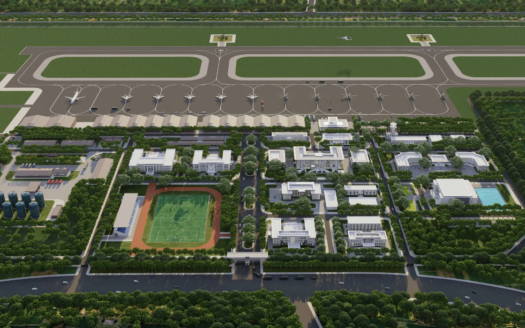All About Traffic Signal Rules in Vietnam
Legal grounds:
- Road Traffic Law 2008;
- Decree 100/2019 / ND-CP.
1. How to make a U-turn?
Making a U-turn is a skill involved in the movement of drivers. The U-turn must ensure to avoid unnecessary errors and collisions. The rules for U-turns are provided in Article 15 of the 2008 Road Traffic Law as follows:
Article 15. Vehicle diversion
1. When wanting to change direction, the rider or driver must slow down and give signals to turn.
2. While changing direction, drivers and riders of special-use vehicles must give the right to go ahead to pedestrians and bicyclists on their reserved lanes and give way to vehicles traveling in the opposite direction. And only allow the vehicle to change direction when it is observed that there is no obstacle or danger to other people and vehicles.
3. In residential areas, drivers and operators of special-use vehicles may only make U turns at intersections and places where signs are allowed to make U-turns.
4. Not to make U-turns at road sections reserved for pedestrians crossing roads, on bridges, on bridge heads, under flyovers or underpasses, in road tunnels or expressways, at places where roads meet at the same level as railways, narrow roads, ramps, limited vision curves.
2. The red light
According to the national technical regulation in Circular No. 06/2016 / TT-BGTVT, the traffic lights have three main colors: Red, yellow and blue with the following specific meanings:
Green signal: allowed to move
Red signal: Stop in front of the stop line. If there is no “Stop line”, stop in front of the traffic signal.
Yellow signal: In this case, the green signal is becoming the red signal in seconds. The driver of the vehicle must stop in front of “stop line”. If there is no “Stop line”, stop in front of the traffic light. In case the vehicle has approached or exceeded the “Stop line”, the river or driver must quickly go out of the intersection.
3. Does the red signal allow to make a U-turn?
Cases where U-turn is not allowed:
Case 1: Where there is a “No U-turning” sign.
Previously (i.e. before November 1, 2016), road users must obey the regulations on road signs in QCVN 41: 2012 / BGTVT. and when you see the 123a sign “No left turns” or the 123b “No right turns” signs, vehicles are not allowed to turn.

Case 2: Where there is no “No U-Turning” Sign
This case shall be applied to residential areas according to the said Article 15 of the 2008 Road Traffic Law:
3. In residential areas, drivers and operators of special-use vehicles may only make U turns at intersections and places where signs are allowed to make U-turns.
Thus, the driver or the rider in a residential area will be allowed to make a U-turn only in two cases:
- at crossroads;
- and where there is a sign that allows a U-turn
Case 3: At the red light
Making a U-turn during a red light time is illegal by law. As a rule, when the red light is on, the vehicle must stop in front of the “stop line”.
4. What is fines for signal breaking?
Most people who make a U-turn when facing a red light will be penalized for the Red-light-crossing demerit because: When the red light is on, the driver must stop the vehicle at the stop line or the traffic light.
Signal breaking fines for cars?
For cars, the fine levels range from VND 3M to 5M according to the provisions of Clause 5, Article 5 of Decree 100/2019 / ND-CP
Signal breaking fines for motorbikes?
For motorbikes, the fine levels ranges from VND 600,000 to VND 1,000,0000 as prescribed in Clause 4, Article 6 of Decree 100/2019 / ND-CP
Please contact us for apartment for rent in Hanoi. Tel: 0974.417.348 Email: houseinhanoi@hotmail.com












